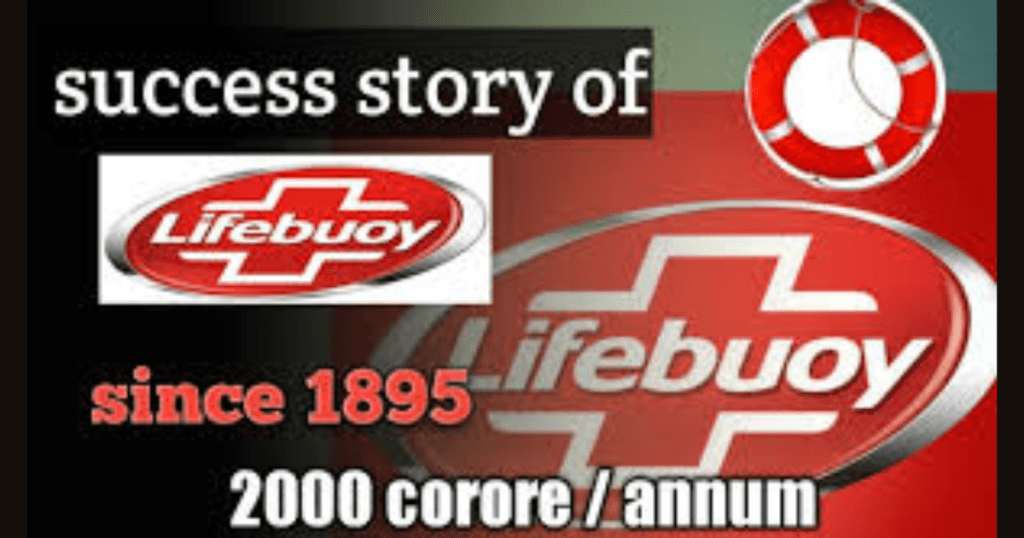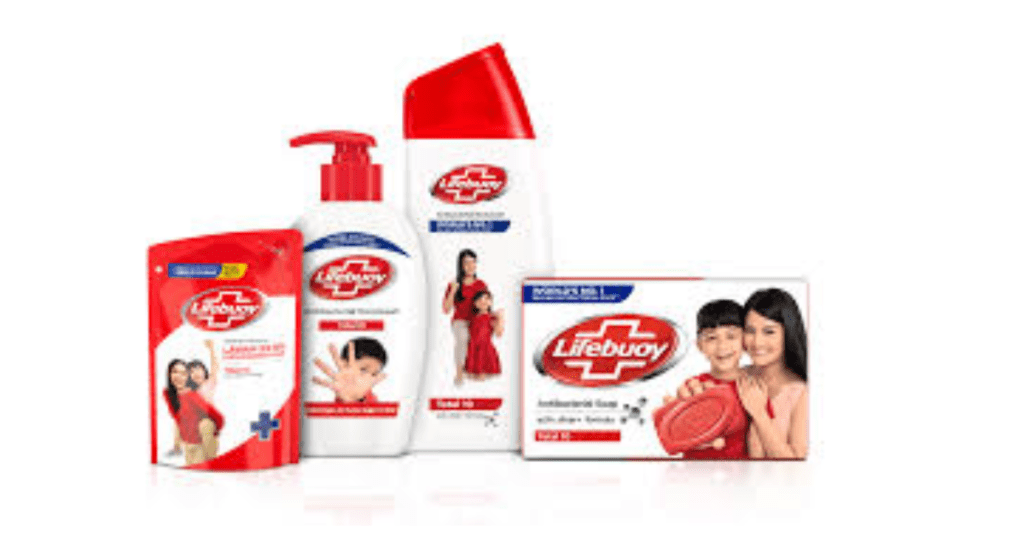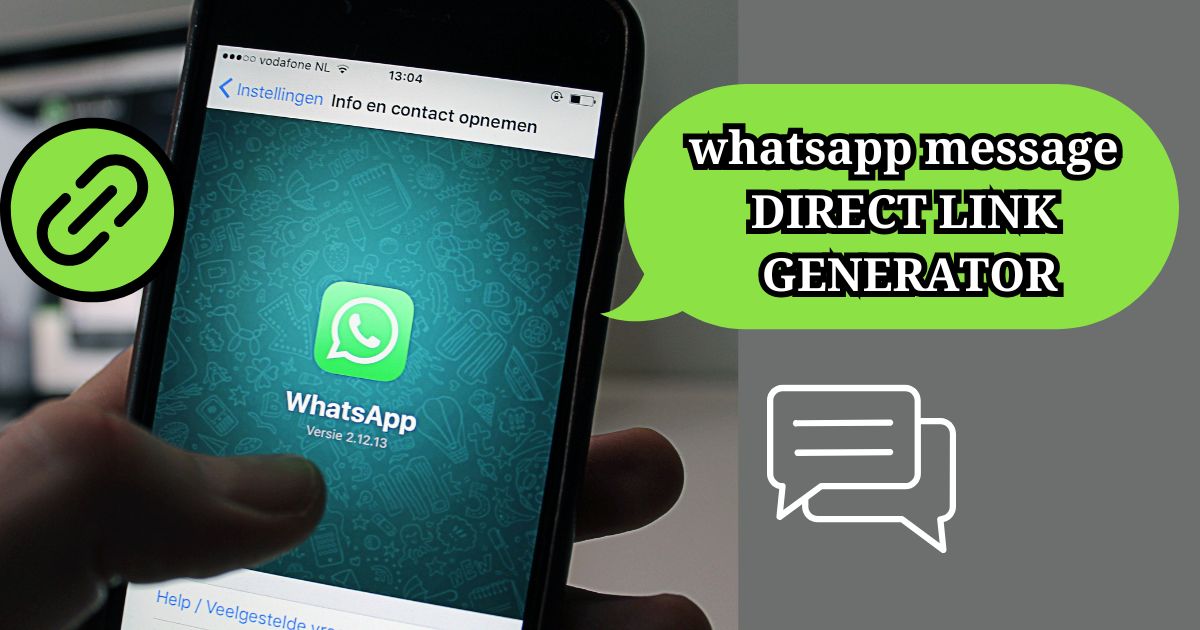Lifebuoy is a popular soap brand that has been around for over 100 years. It was first made in 1895 in the UK by a company called Lever Brothers. Originally, Lifebuoy was a normal soap designed to kill germs. Over the years, it has become very popular for personal hygiene, helping people stay clean and healthy. This blog will explain swot analysis of Lifebuoy and its journey revealing its strengths, weaknesses, opportunities and threats, which helps to understand its business model and its struggles. This is helpful for students who are interested in marketers, business analysts, and anyone interested in the personal care industry.
Contents
- 1 Brand Overview
- 2 Swot Analysis of Lifebuoy –Strengths of Lifebuoy
- 3 Swot Analysis of Lifebuoy –Weaknesses of Lifebuoy
- 4 Swot Analysis of Lifebuoy– Opportunities for Lifebuoy
- 5 Swot Analysis of Lifebuoy –Threats to Lifebuoy
- 6 Swot Analysis of Lifebuoy – Market Positioning
- 7 Product Line and Innovation
- 8 Marketing Strategies
- 9 Consumer Perception
- 10 Global Reach and Distribution
- 11 Corporate Social Responsibility
- 12 Financial Performance
- 13 Future Outlook
- 14 FAQs
- 15 Conclusion
Brand Overview
Lifebuoy has a legacy of over 100 years and a strong presence in the market. Here are some important points about Lifebuoy:

- 1895: Lifebuoy came to industry and was introduced as the first soap with a disinfectant.
- Global Reach: Today, it is sold in nearly 60 countries, making it a popular disinfectant soap brand.
- Health Initiatives: Lifebuoy aims to improve hygiene habits for over a billion people worldwide. The Lifebuoy team conducted many health campaigns to educate people in rural areas.
Swot Analysis of Lifebuoy –Strengths of Lifebuoy
Lifebuoy has many strong points that make it successful and standing in the market :
- Brand Trust: With over 100 years in the market, people trust and know Lifebuoy.
- Health Focus: Lifebuoy is known for killing germs and keeping people healthy.
- Affordable: Lifebuoy is priced less so that many people can afford it, especially in rural areas.
- Wide Availability: Lifebuoy is available almost everywhere , even in remote areas.
- Variety of Products: Lifebuoy offers soaps, hand washes, body washes, and sanitizers.
- Health Campaigns: Lifebuoy runs campaigns to educate people about hygiene, like the “haath dhoye kya?” campaign during India’s Kumbh Mela.
Swot Analysis of Lifebuoy –Weaknesses of Lifebuoy
Lifebuoy also has some weaknesses:
- Cheap Image: Because Lifebuoy is affordable, some people think it is not as good as more expensive brands.
- Less Popular in Cities: Lifebuoy is very popular in rural areas but not as much in cities.
- Seen as a Male Product: Even though Lifebuoy tries to market itself as a family brand, many still see it as a soap for men.
- Heavy competition : There are many brands taking place in the market and customers are diluted .
Swot Analysis of Lifebuoy– Opportunities for Lifebuoy
There are many opportunities for Lifebuoy to grow:
- Health Awareness: More people are becoming aware of the importance of health and hygiene, which can benefit Lifebuoy.
- Rising Incomes: As people earn more money, they can buy more hygiene products.
- Social Marketing: Lifebuoy can use its health campaigns to make more people loyal to the brand.
- Creating Premium products: focusing on upper middle class and elite class customers.
Swot Analysis of Lifebuoy –Threats to Lifebuoy
Lifebuoy also faces some threats:
- Competition from Other Unilever Brands: Unilever, the company that owns Lifebuoy, also owns other brands like Lux and Dove, which can compete with Lifebuoy.
- Government Regulations: Government regulations can also affect the production and sales of the company.
- Demand for Natural Products: More people want natural products, which can be a problem for Lifebuoy’s chemical-based products.
- Strong Competitors: Brands like Dettol and Savlon are strong competitors in the hygiene market.
Swot Analysis of Lifebuoy – Market Positioning

Lifebuoy targets a wide range of people, especially those who are health-conscious. It focuses on being affordable and good for health, unlike some brands that focus on luxury.
Product Line and Innovation
Lifebuoy offers a variety of products:
- Soaps: Traditional and antibacterial soaps.
- Hand Washes: To meet the demand for better hand hygiene.
- Body Washes: For those who prefer liquid soap in the shower.
Lifebuoy keeps improving its products to make them better and more effective.
Marketing Strategies
Lifebuoy uses different marketing strategies:
- Advertising: Lifebuoy runs ads that focus on health and hygiene.
- Social Media: Lifebuoy is active on social media to connect with younger people.
- campaigns : Hygiene awareness campaigns in rural areas .
Consumer Perception
People in rural areas are very loyal to Lifebuoy, but in cities, many prefer more expensive brands.
Global Reach and Distribution
Lifebuoy’s strategy includes:
- Rural Penetration: Focusing on areas where hygiene products are needed the most.
- Urban Strategies: Creating campaigns to become more popular in cities.
Corporate Social Responsibility
Lifebuoy does a lot to promote hygiene:
- Health Campaigns: Educating people about the importance of washing hands.
- Brand Image: These efforts make Lifebuoy look like a responsible and caring brand.
Financial Performance
Lifebuoy has a strong market share and does well against competitors like Dettol and Savlon.
Future Outlook
Lifebuoy has a bright future. Here are some suggestions for its growth:
- Expand Product Lines: Introduce more natural and herbal products to meet changing preferences.
- Improve Urban Marketing: Focus more on strategies to win over urban consumers.
FAQs
1. What is a SWOT analysis?
It’s a tool that helps businesses identify their strengths, weaknesses, opportunities, and threats.
2. How has Lifebuoy positioned itself in the market?
Lifebuoy focuses on being affordable and health-focused.
3. What are the main competitors of Lifebuoy?
Lifebuoy’s main competitors are Dettol and Savlon.
4. Who is the target audience of lifebuoy ?
Lifebuoy always targets homemakers to buy the soap and the introduction of hand wash made it necessary for the entire family .
5. What are the strengths and weaknesses of Lifebuoy ?
Strengths :
- Brand Trust: With over 100 years in the market, people trust and know Lifebuoy.
- Health Focus: Lifebuoy is known for killing germs and keeping people healthy.
- Affordable: Lifebuoy is priced less so that many people can afford it, especially in rural areas.
Weaknesses:
- Cheap Image: Because Lifebuoy is affordable, some people think it is not as good as more expensive brands.
- Less Popular in Cities: Lifebuoy is very popular in rural areas but not as much in cities.
- Seen as a Male Product: Even though Lifebuoy tries to market itself as a family brand, many still see it as a soap for men.
6. What is the Share Price of Lifebuoy ?
Lifebuoy is not a listed company but HUL is the parent company who bought this brand . check HUL share price here.
Conclusion
The SWOT analysis of lifebuoy shows that Lifebuoy is a strong brand with many opportunities for growth. To stay on top, Lifebuoy needs to address its weaknesses and threats. By focusing on innovation and smart marketing by investing in R&D , Lifebuoy can continue to be a leader in the hygiene market. Lifebuoy products has less fragrance and cheap packaging . To compete other brands lifebuoy should focus on its packaging and fragrance and should also introduce herbal products to attract new customers.
I hope this swot analysis of lifebuoy helped you to understand in simple words. Check Hindustan Unilever limited swot analysis .




